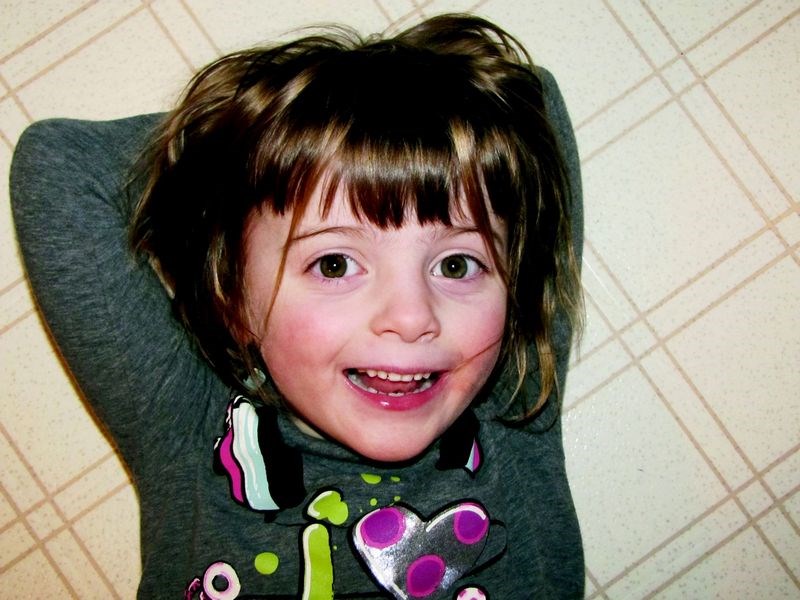A major technological advance that divides the deaf community is the Cochlear Implant. The implanted electronic hearing device is designed to produce hearing sensations to a person with severe to profound nerve deafness by electrically stimulating nerves inside the inner ear.
Andrea Palmer faced the decision about whether to go ahead with the implant when it was discovered her daughter Lily was deaf.
"She's genetically deaf. She's never had hearing. It has never been a feature in her body," said Palmer.
The implants consist of two components: an externally worn microphone and a receiver and electrode system which contains the electronic circuits that receive signals from the external system and send electrical currents to the inner ear.
The early models of Cochlear implants had varied results, and they still do, however success rates are higher now, said Palmer.
The idea of the implants is a hot topic within the deaf community with some saying they don't need "fixing." They are just different that the hearing community.
"I wanted to say I'm dead against Cochlear implants because once a kid is born deaf or hard of hearing, they will always be deaf no matter what," said Zavaglia,
"I wanted to say that they should be accepted for who they are. But so far I've seen how well the kids with implants are doing. So I see all of them are still deaf once they take the implant off. I'd like them to know sign language as well as English.
"I know it's hard for hearing people to understand our culture, people are maybe afraid that once deaf kids understand deaf culture then they won't fit it to the hearing world, but I don't think that's true."
Palmer said the implant is a tool for people that are hard of hearing not a cure.
"The implant's component that Lily turns on and off are on the outside of her head, so when she goes to bed, goes swimming or had just has enough for the day, she takes off what we call her ears and she's profoundly deaf again. It doesn't take away her deafness," said Palmer, "these children still need their community."
Lily received her implant when she turned one. Palmer admits it was a difficult decision for her and her husband to make. They consulted with friends, did a lot of online research and even contacted strangers online who had been implanted to ask them questions about their experience.
"When you go through this process your team of people that help you - primarily an audiologist at children's hospital - when you ask what is going to happen, they don't have any easy answer for you. Instead they tell you that your child will have access to sound. But they can't tell you what the result is going to be, because they just don't know," said Palmer.
The Palmer family feels very lucky in how Lily took to her implant.
"We have more than we ever thought possible," said Palmer.
"I read a lot of these references to 'our deaf children'. I certainly don't want to pass judgment on mothers through history who did send their children to residential schools, they were certainly told to do so by their medical professionals. They didn't have the options we do today."



